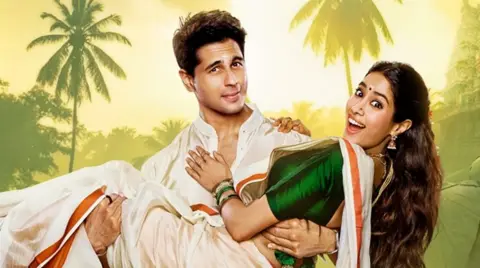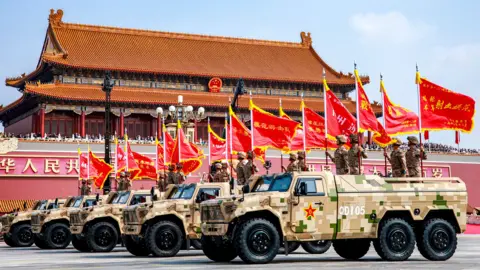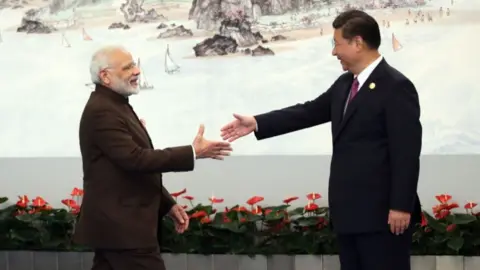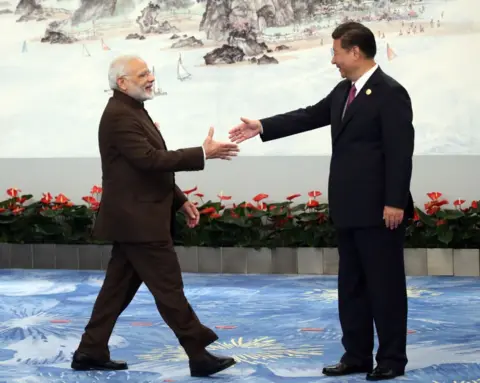The affluent class in India is navigating a transformative shift from traditional colonial-era clubs to contemporary social spaces where a more accessible elite can thrive. For decades, India's elite frequented private members-only clubs established during the British Raj—locations marked by grandeur and exclusivity, catering primarily to the old moneyed class. However, as the nation experiences an economic renaissance, many seek venues that feel more aligned with modern realities and diverse social structures.
International club chains like Soho House are responding to this evolving demand. Soho House, founded in London in the 1990s, has successfully established its presence in India with its Juhu Beach club becoming a popular destination for the new wealthy, catalyzing openings of additional establishments in Delhi and Mumbai. Unlike traditional gymkhanas, Soho House emphasizes inclusivity and creativity, welcoming individuals based on their accomplishments rather than family background.
The shift to modernized clubs is not just about vibrant socializing; it is representative of a growing economic divide. In a country where the number of high-net-worth individuals is projected to double in the coming years, the contrast between the privileged few and the broader population remains stark. The allure of exclusive clubs, with their amenities and unique networking opportunities, addresses some of the cultural gaps that traditional spaces have perpetuated for years.
New venues aim to attract self-made entrepreneurs and creative professionals who feel marginalized by exclusive historical institutions. The transformation is encapsulated in anecdotes like that of Bollywood actor Feroz Khan, who once faced rejection from a club due to his vocation—an experience far removed from the inclusive ethos of Soho House, now featuring prominent personalities on its covers.
The booming interest in these modern clubs reflects broader socioeconomic shifts in India post-liberalization. There is significant growth in demand, coinciding with a rise in entrepreneurship and innovation spurred by India’s expanding tech ecosystem. Reports indicate that this competitive market for members-only clubs is burgeoning—set to grow by nearly 10% annually.
Nevertheless, despite the contemporary appeal, admission remains constrained. These clubs often carry hefty membership fees, with Soho House's pricing reflecting premiums that may only be attainable for a fragment of the population. Thus, while accessibility has improved relative to the strictures of old, a significant socio-economic barrier persists, reinforcing inequality amidst India's luxury boom.
Ultimately, the emergence of modern private members’ clubs symbolizes both an opportunity for networking and the ongoing narrative of wealth disparity in India. As the landscape iterates, the once rigid archetype of social privilege continues to give way to a new, dynamic class of elites, poised to redefine India's luxury and hospitality sectors.






















